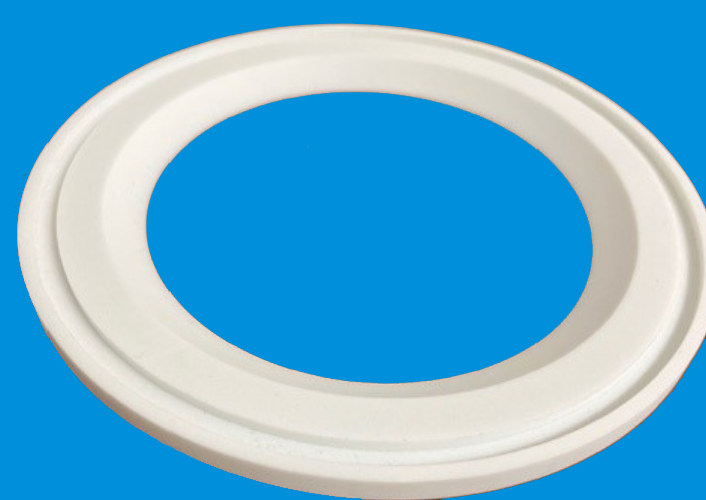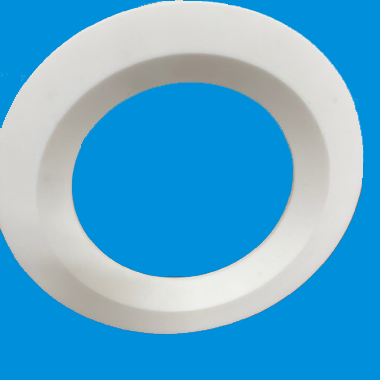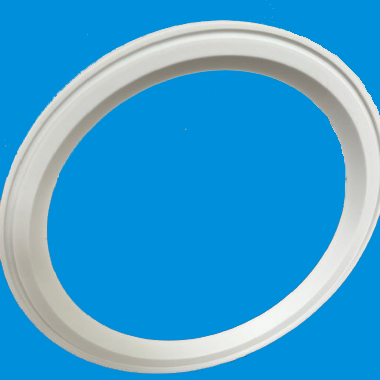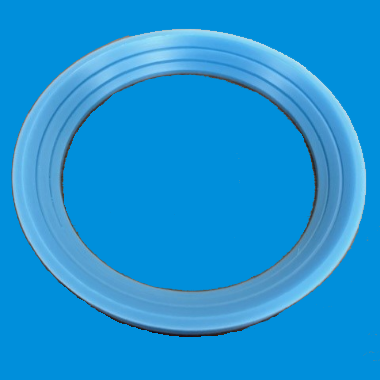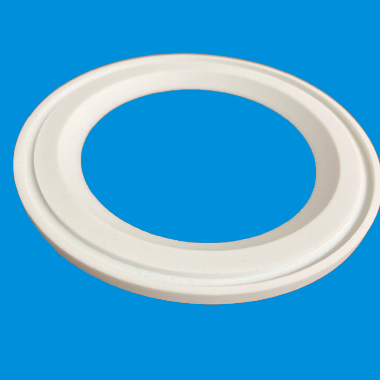Key Features & Benefits
- Quick Shut-Off: Operated with a simple quarter-turn handle for fast opening and closing.
- Reliable Sealing: When in the closed position, the ball ensures a tight seal with minimal leakage, even in high-pressure systems.
- Low Torque Operation: Smooth rotation and low friction design make ball valves easy to actuate, either manually or automatically.
- Versatile Materials: Available in stainless steel, brass, PVC, and other materials to suit a wide range of applications and media.
Common Applications
Ball valves are used in industries ranging from industrial manufacturing to residential plumbing and include:
- Oil & Gas Pipelines
- Chemical Processing
- Water and Wastewater Treatment
- HVAC and Utility Systems
- Food and Beverage Processing
- Marine and Offshore Installations
Types of Ball Valves
Ball valves can be tailored for specific system needs with several configurations:
- Two-Way (Standard): One inlet and one outlet for basic on/off control.
- Three-Way and Multi-Port: Direct flow in multiple directions or mix/divert flows.
- Full Port vs. Reduced Port: Full port offers unrestricted flow, while reduced port valves are more compact and economical.
- Floating vs. Trunnion Mounted: Floating balls are standard for lower pressures; trunnion designs are used in high-pressure or large-diameter applications.
Actuation Options
- Manual: Lever or gear handle for direct operation
- Electric or Pneumatic Actuators: Ideal for remote or automated flow control systems
Advantages Over Other Valve Types
- Minimal pressure drop
- Long service life with low maintenance
- Excellent for both liquid and gas media
- Suitable for high-pressure, high-temperature, or corrosive environments (with proper material selection)
